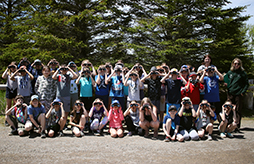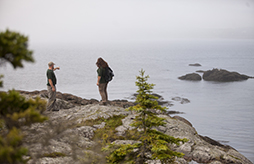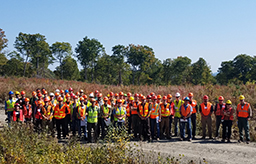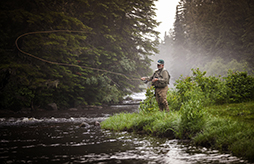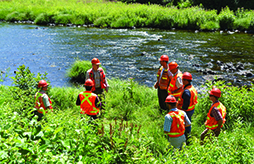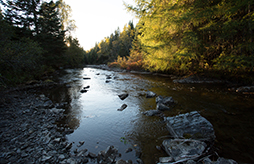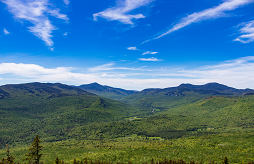.jpg)
Recognizing World Wetlands Day
J.D. Irving, Limited (JDI) is joining with Watersheds Canada and other businesses to recognize World Wetlands Day. This is an opportunity to celebrate wetlands and the important ecological role they play by sequestering carbon, absorbing excess water to prevent flooding and providing a home to a large diversity of flora and fauna.
Across Maine, New Brunswick and Nova Scotia, JDI is proud to have over 8,700 hectares (21,498 acres) of wetland habitat formally conserved in our award-winning, voluntary Conservation Program and thousands more hectares preserved within provincial, federal and State policies and programs.
Here are a few of particular significance:
This past October, JDI partnered with Ducks Unlimited Canada to designate Saints Rest Marsh at the Irving Nature Park as a Treasured Wetland of 2023. These site designations are based on ecological or cultural importance, or their importance to the community. They provide an opportunity for the public to engage with wetlands and build community ownership. The barrier beach of the Park protects the outflow of Manawagonish creek and estuary and the silt build-up created a rich salt marsh which is home to numerous waterfowl, migratory shorebirds and other wildlife.
The Portobello Creek Floodplain near Fredericton, New Brunswick, is one of the most expansive wetland complexes in the Maritime provinces. It provides important production, staging and migration areas for a variety of waterfowl, including wood ducks, least bitterns and Canada warblers. It's part of a larger alluvial floodplain which overflows each spring and floods all but the highest forested areas.
This 12 kilometre long creek has unrestricted access and its many visitors enjoy a wide range of activities, including wildlife viewing, swimming, boating, snowshoeing, boating, cross-country skiing and more.
Vernal pools play a vital role in providing habitat for natal amphibians and insects. They are temporary wetlands that form in the spring from melting spring snow and rain, in natural ground depressions. These pools can vary in size from a puddle to small, shallow lakes and are short-lived, lasting up to three or four months before drying out in the summer heat.
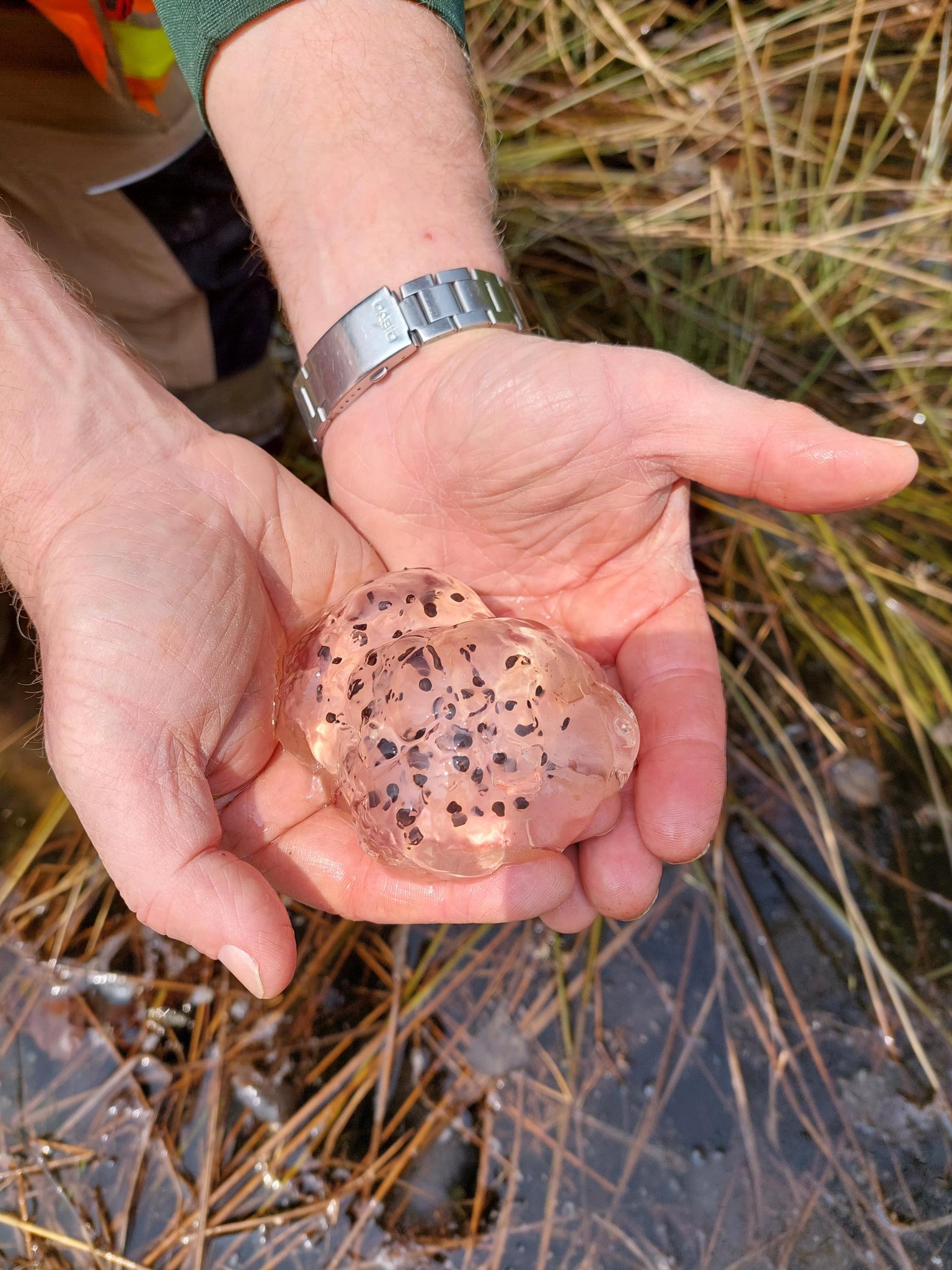
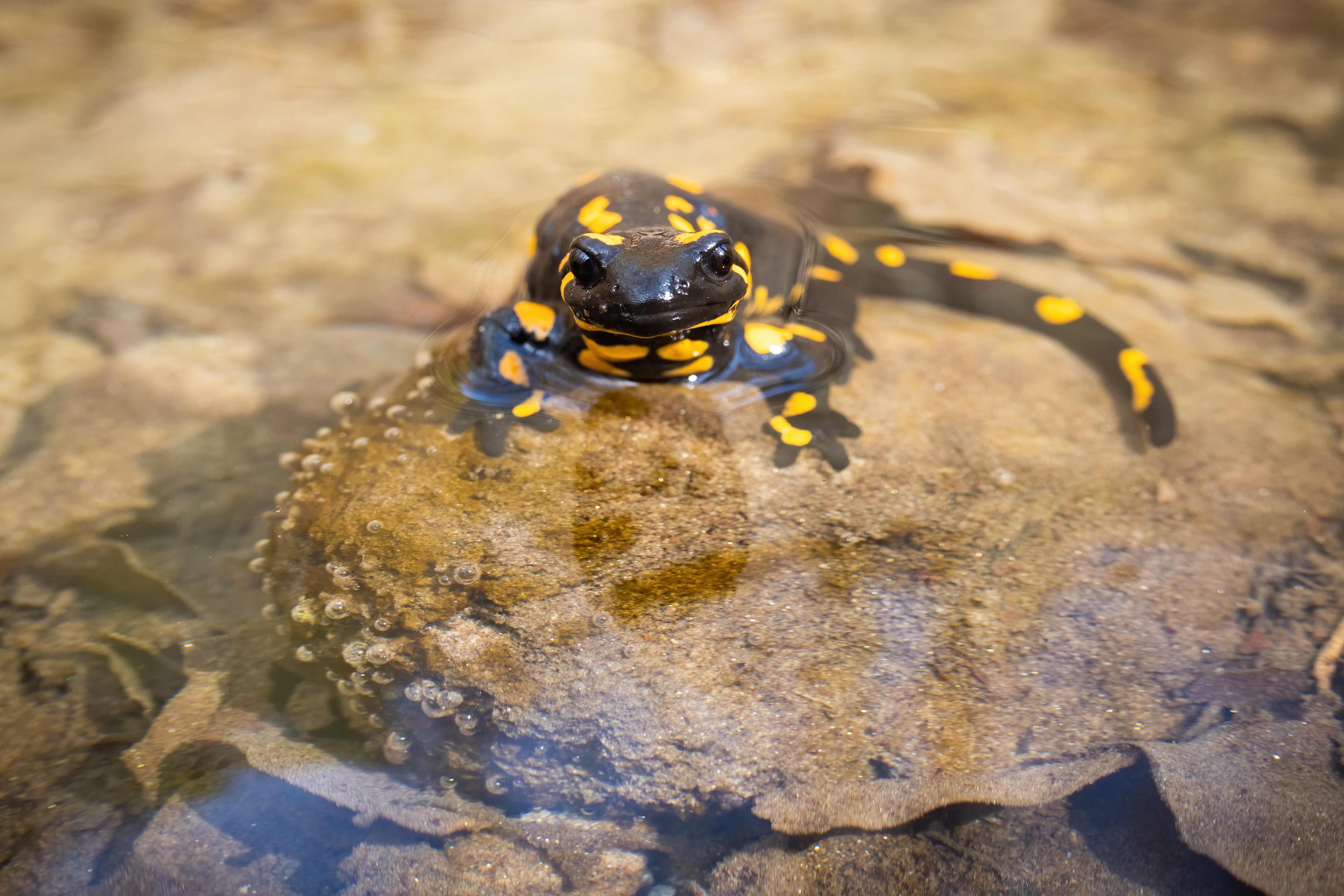
Questions about our Healthy Forest Approach? Read the FAQ.
(1).png?n=7605)
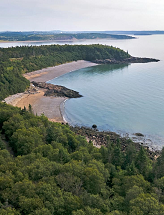
.jpg)

